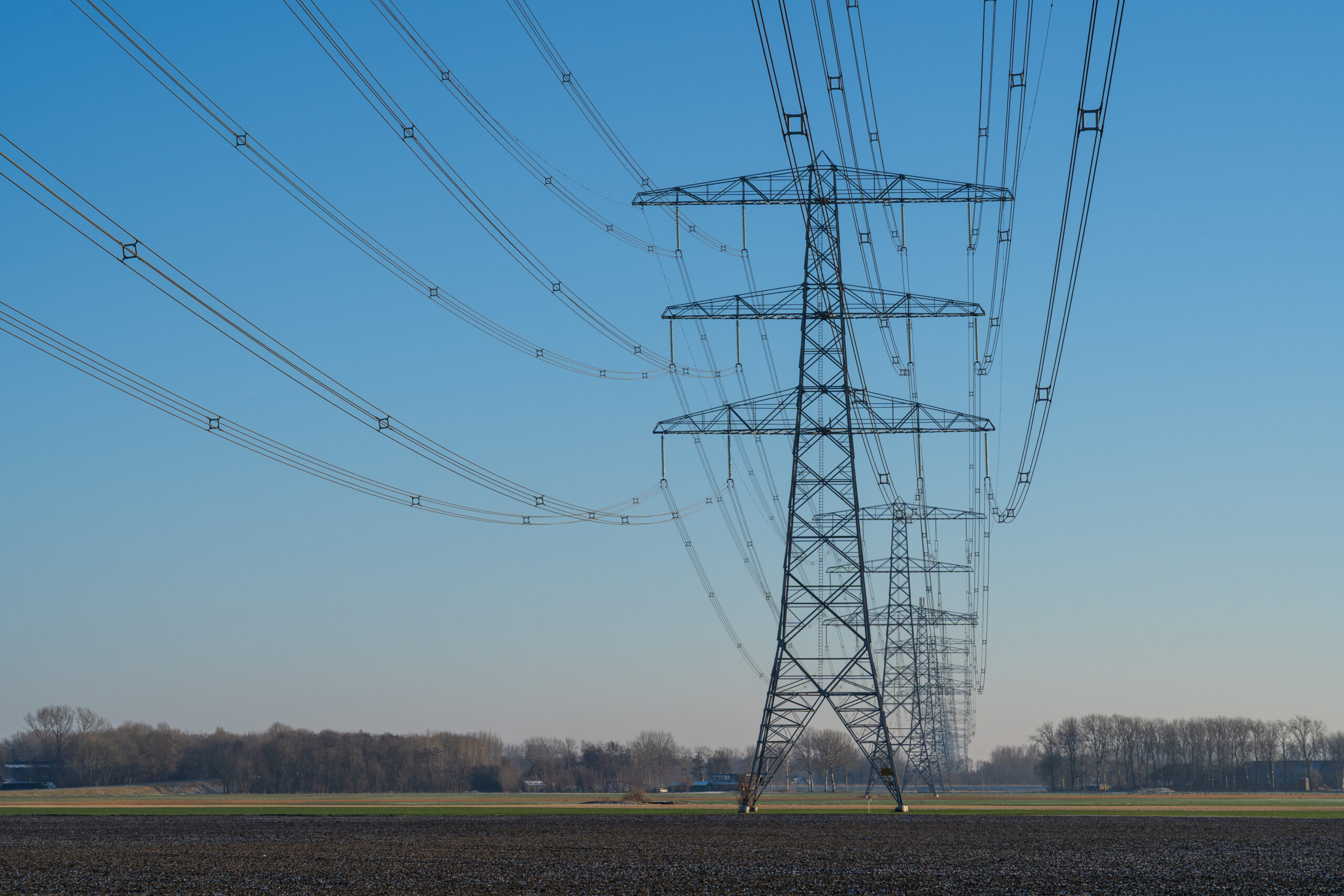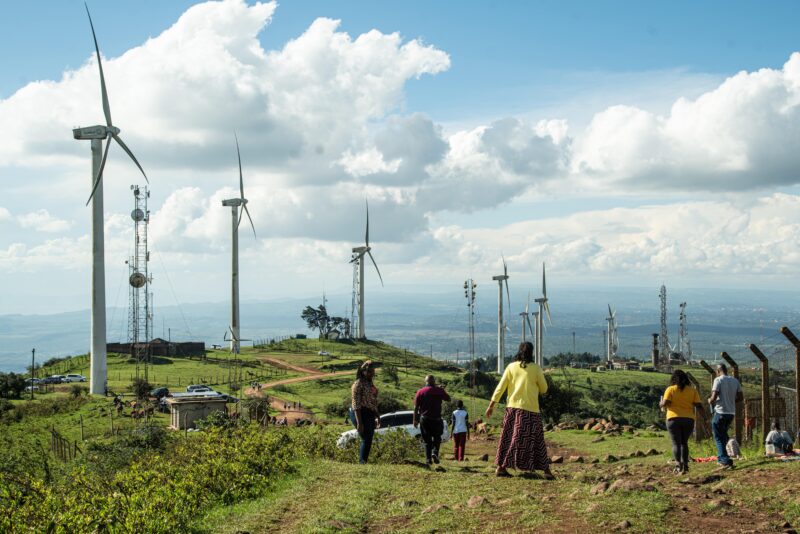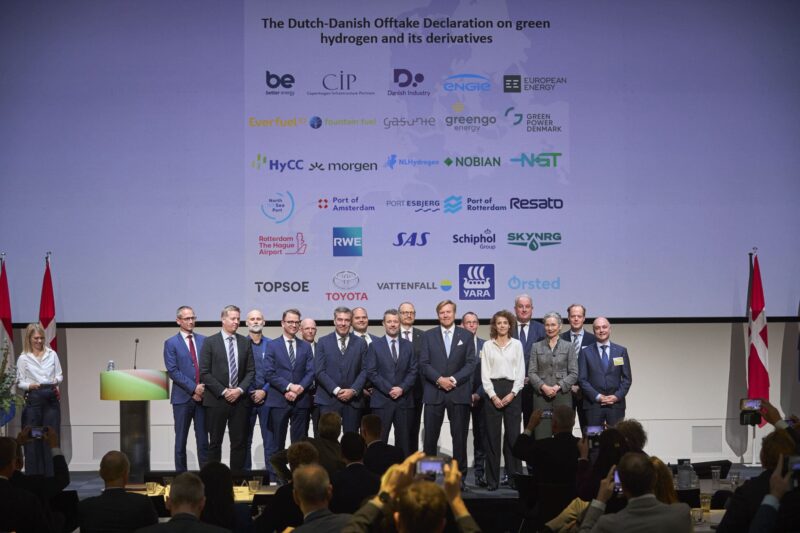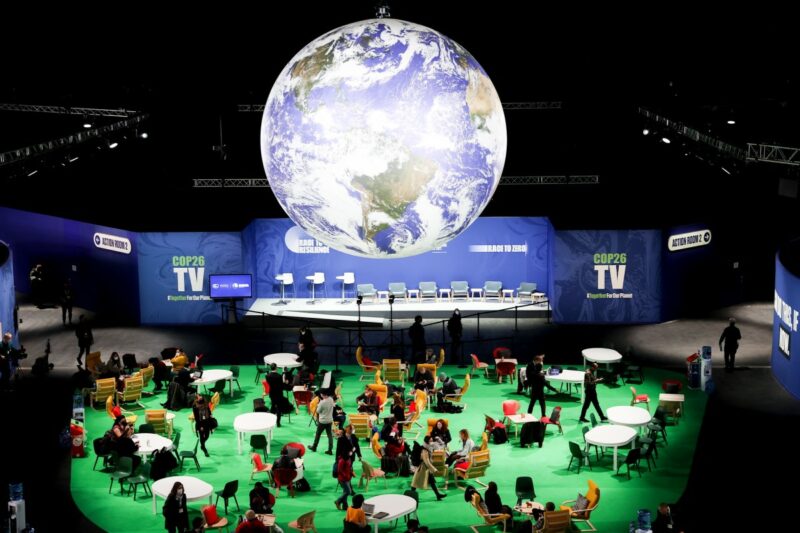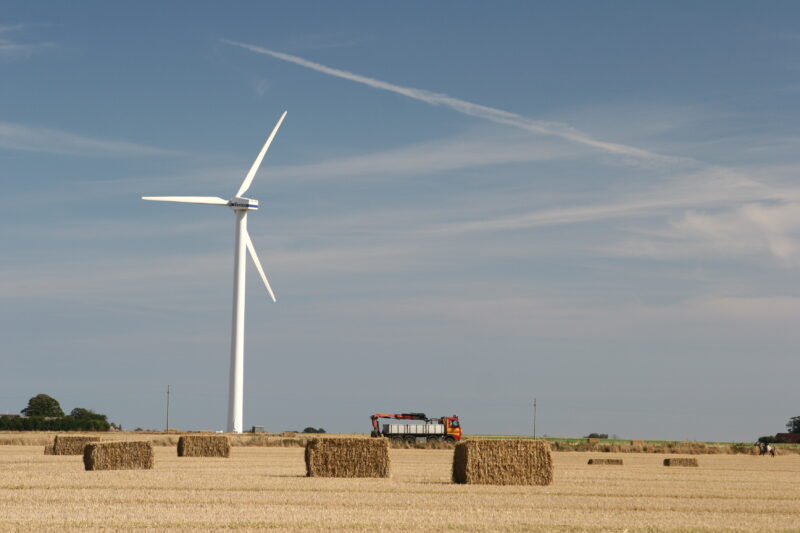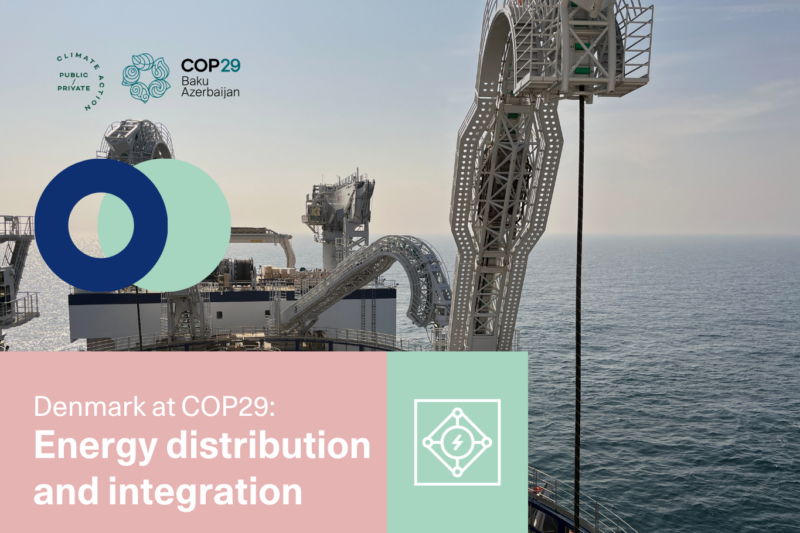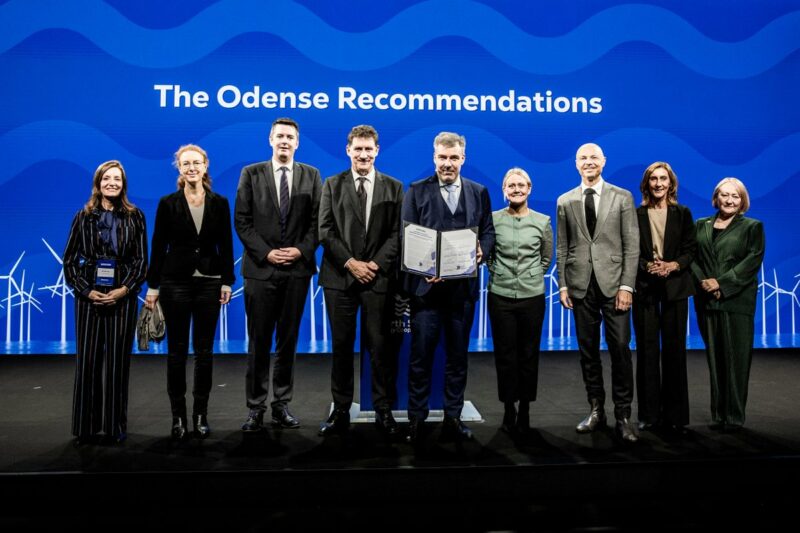Over the next 20 years, Danish electricity consumption is expected to quadruple due to factors such as the green transition, the need for new data centres, and the increased use of electric vehicles. To ensure that the Danish electricity network can meet this growing demand, The Danish Government’s National Energy Crisis Staff (NEKST) have established a workgroup aimed to deliver recommendations on how to accelerate the expansion of the electricity network in Denmark.
“The power grid is the foundation for the green transition. Therefore, it’s a crucial task to accelerate the expansion, so we are ready for a society with more electric vehicles, green fuels, and a greener industry. It’s great to receive recommendations from NEKST, which looks at things from different perspectives, so together we can remove as many obstacles as possible, both for grid companies and authorities,” says Minister for Climate, Energy, and Utilities, Lars Aagaard.
Transparency, green equality and integration of nature in infrastructure
The workgroup has identified 65 initiatives from grid companies, Energinet, and the government, all aimed at strengthening the electricity network. Drawing inspiration from these initiatives, the workgroup has now proposed nine recommendations based on three guiding principles: greater transparency, green equality, and the integration of nature into new infrastructure projects.
The goal of increased transparency is directed at the government, Energinet, and grid companies concerning the expansion of the electricity network. This will ensure more efficient processes, clearer communication, and improved coordination among the various stakeholders. Green equality aims to ensure that the electricity network is given the same priority as other infrastructure projects, such as roads and the gas network. The final principle addresses the need to protect and conserve nature during electrification efforts.
The nine recommendations are organised into three key themes: identifying needs and planning new grid alternatives, expanding the electricity network, and streamlining regional and governmental processes.
Related news: 27 recommendations to ramp up Danish solar and wind energy
